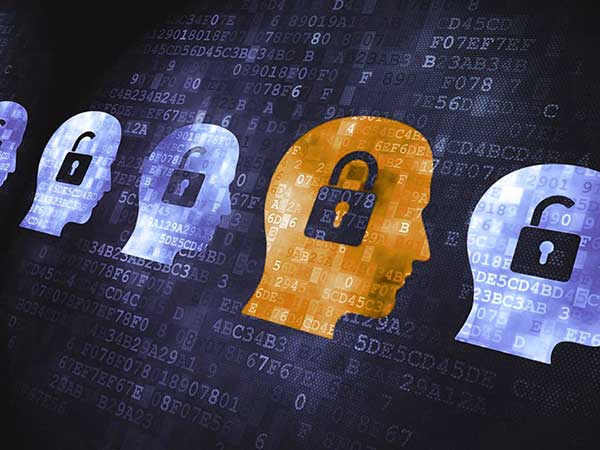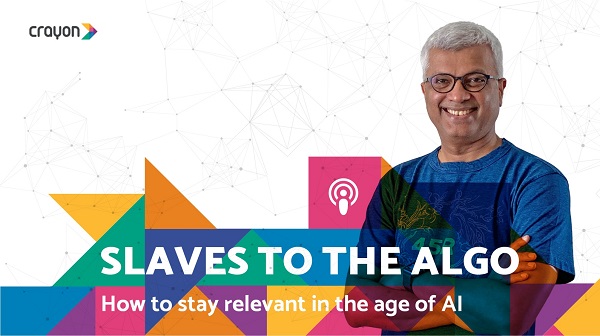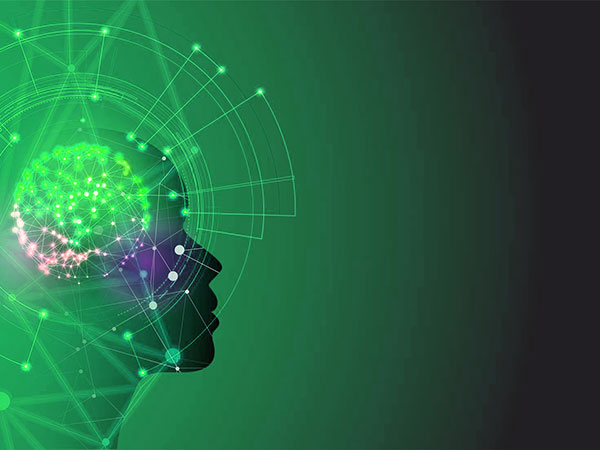Streaming technology is disrupting how we learn in the same way it’s changed how we consume entertainment. As an analogy, think of Netflix’s evolution from DVD to streaming service. The humble beginnings of the media giant started with mailing customer’s DVDs. Customers would sort through a list of movies, choose titles that interested them, and wait several days to receive content. If customers didn’t like their choices, they had to wait until the next title arrived.
Contrast that system with today’s Netflix streaming platform. It’s instantaneous. If customers don’t like a movie, they can stop and select another. Bad choices are immediately rectified. And today Netflix customers are guided more than ever in their choices. Since the early days of snail mail delivery, Netflix has perfected its recommendation algorithm to keep almost 150 million viewers engaged and subscribing. In short, Netflix’s DVD system is like the traditional classroom, with all its limitations with respect to time and interest.
In contrast, today’s streaming technology offers unlimited content, personalization, and targeted information delivered in real-time to learners. These characteristics are changing when, where, what, and how people of all ages learn. And learning online isn’t limited to online courses. Educational videos, podcasts, MOOCs (Massive Open Online Courses), and live streams are just a few tech platforms that bring information to people around the globe. Education is no longer a DVD in an envelope; it’s lightning in a bottle.
Streaming documentaries as voices of authority
Americans consume large amounts of news and information in a single day. Twitter and Facebook feeds are full of breaking news. And 24-hour cable news networks round out our evenings or serve as background noise to our workouts. But at least part of our daily information about the world comes from documentaries. These cinematic slices of real life are entertaining and educational. Nature documentary series like Our Planet are breaking new ground in the genre while crime dramas like Making a Murderer amass huge viewerships.
The documentary streaming service MagellanTV found in a survey that documentaries make up about 15% of their viewers’ total watch times. Millennials watch more than both Gen Xers (13%) and Baby Boomers (12%). While the total watch time may seem small compared to traditional news, the impact documentaries make on viewers is anything but. Among the survey’s respondents, 70% said they had shared something they learned in a documentary with others. For Millennials, that number hit 77%. The survey gets even more interesting when you consider personal impacts. Overall, 44% of survey respondents reported that watching documentaries inspired change in their lives. Again, that number spiked with Millennials, with 57% saying docs change their world view.
The survey data foregrounds an important point about streaming documentaries: while they’re a minority source of content, they’re viewed as credible voices of authority. Viewers trust their information enough to share with others. The power of a documentary comes from its deeper dive into a topic, an approach to facts that goes beyond thirty-second sound bite or a 280-character tweet. That’s a big differentiator in a world where perceptions of “fake news” and altered videos are threatening the credibility of traditional news sources.
Big data and recommendations
Streaming providers like Amazon, Google, and Spotify collect large amounts of data on their customers preferences to improve their experiences. These platforms track what you watch, what you listen to, and what you search for. All this data feeds algorithms for recommendations and “You might also like” suggestions. By personalizing content, these services keep customers watching longer and listening more.
Streaming video services like YouTube and Netflix track not only what you watch, but how you watch it. The data collected can include when you pause, rewind, or fast forward through a video. They can track what device you use for what content (e.g. iPads for children’s shows) and what time you like to watch. While some caution that recommendations limit our experiences or weaken our decision making, others point to the efficiency and personalization they bring.
And these same big data recommendations are making similar inroads to educational content. Whether you’re searching for the capital of Bangladesh or enrolling in an online coding class, learners want accurate information delivered fast.
Online learning platforms like Khan Academy and Lynda.com track user profiles to make suggestions on future courses. If students are working above their comprehension level, these platforms can suggest more basic lessons and vice versa. Students can find courses on related topics that can broaden their skills set or increase their knowledge. Recommendation lists help students stay engaged and on track. And big data and machine learning algorithms make this possible.
YouTube Search: targeted information
Everyone has searched for “How to do X”, only to be presented with an overly complex, 15-minute explanation by a YouTuber who’s more interested in marketing their own channel than answering a question. Or your question about “How to devein shrimp” may be buried somewhere in a video on “How to Cook Jambalaya”. Google’s search algorithm saves learners time by targeting the specific information they want. And since YouTube is now the second most popular search engine, the learning and time-saving potentials are significant.
When searching for something on Google, the results page often contains “featured snippets”. Snippets are usually a bulleted list of steps or a short definition presented. And they’re presented at the top of the search engine results page (SERP). Snippets often result from a user searching for something like “How to do X” or “What does X mean”. The idea is that a surfer need not click through to an article to have their query answered. Instead, Google presents the answer on the SERP.
Now, YouTube (owned by Google) is using the same strategy to expedite answers. Alongside featured snippets is a “suggested clip”. These are videos that answer specific questions. They can be entire videos or only sections. To save time, YouTube cues up the playhead for you right where the answer begins. No more watching lengthy intros or scanning through videos. Online education platforms also use this same strategy, pulling out a single video from a larger course that deals with a specific topic.
Future of streaming for education
These aspects of streaming content help students of every age learn faster and more effectively. And the future looks to be even brighter for teachers too. Educators of all levels are beginning to take advantage of tech like live streaming to make concepts more immediate and relevant for students. With live streaming platforms like Periscope or Facebook, educators can broadcast lectures or take kids on virtual field trips. Virtual reality is giving students first-hand experience in practicing skills or serving as flight simulators for surgeons. And mobile learning’s increased popularity is disrupting the traditional classroom — redefining when, where, and what kids of all ages can learn.























